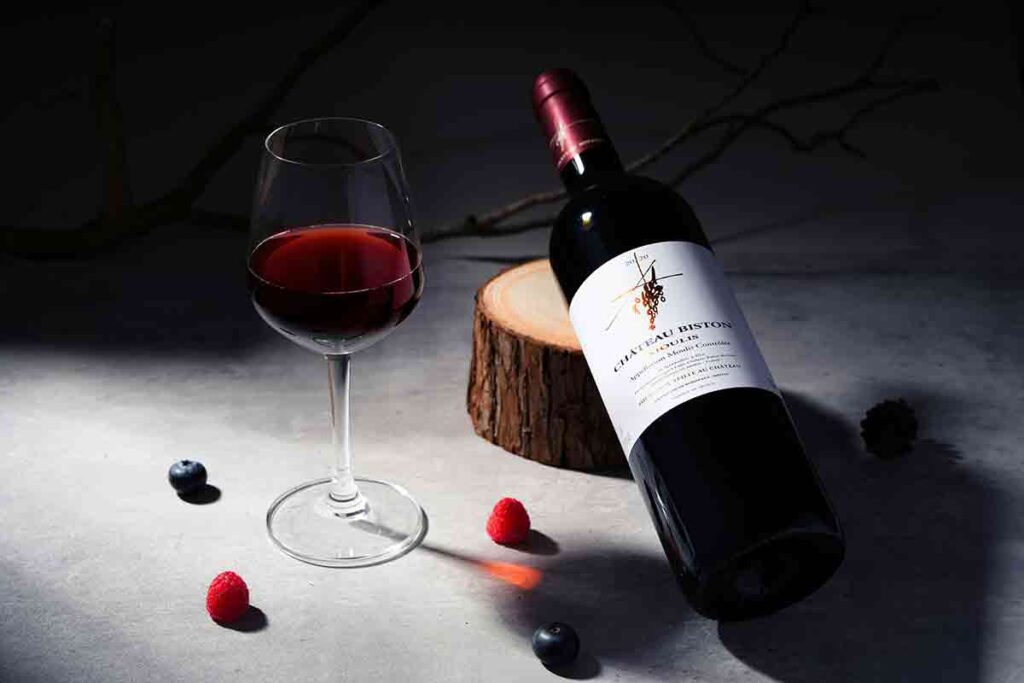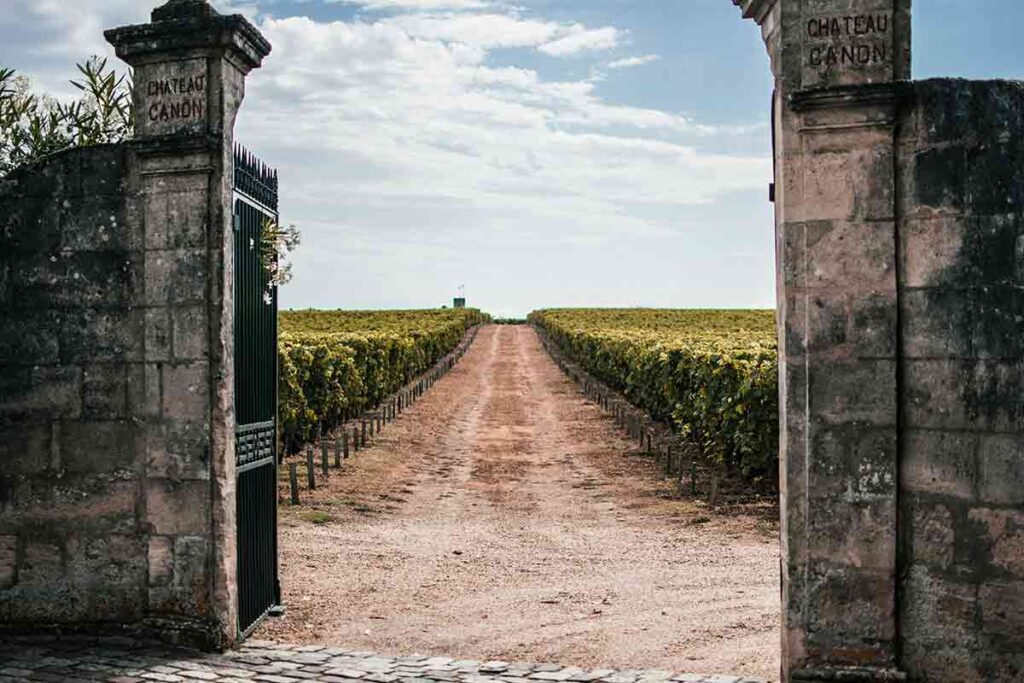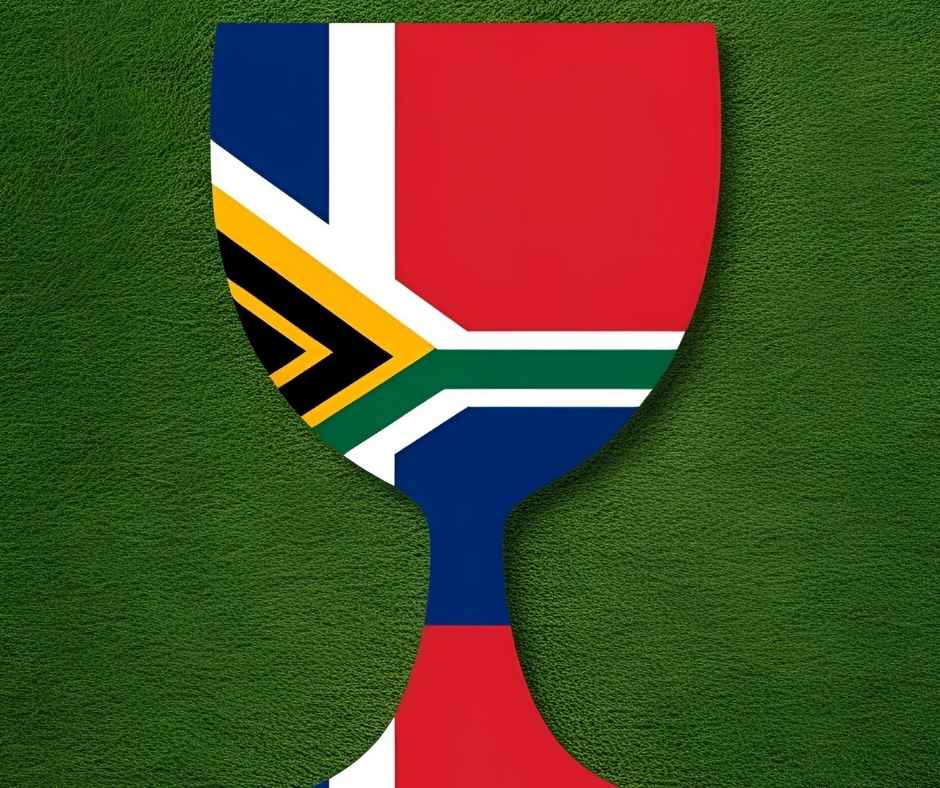French wine classification
French wine classification is universally recognized as a high-quality viticulture and winemaking benchmark.
France’s wine regions, deep respect for terroir, and strict classification system have made its wines some of the most prestigious in the world. If you’re new to the world of wine, you’ve likely heard about French wine designations, but fully understanding them can seem complex.
In this article, I’ll explain the French wine classification system, the meanings behind different classifications, how to interpret wine labels, and why understanding these classifications is crucial for appreciating French wine.
Why is French wine classification important?
French wine classification is not just marketing labels; they are proper certifications of quality and origin. They were created to ensure that a wine comes from a specific geographical area and is produced according to strict regulations, which include grape selection, winemaking methods, and aging requirements. A rigorous classification system helps protect producers and consumers by ensuring that a Bordeaux or a Champagne meets defined standards. Without these rules, anyone could produce wine anywhere in the world and call it Bordeaux, even without respecting the region’s unique characteristics.

The main categories of French wine classification
The French wine classification system took shape in the 1930s and is now divided into three levels, each with its own rules and restrictions:
- AOP – Appellation d’Origine Protégée (formerly AOC)
- IGP – Indication Géographique Protégée
- Vin de France – wines produced with grapes sourced exclusively from France
AOP – Appellation d’Origine Protégée (formerly AOC)
AOP (Appellation d’Origine Protégée) is the most prestigious designation, ensuring that a wine is produced in a specific geographical area using traditional methods. Until 2012, this classification was known as AOC (Appellation d’Origine Contrôlée), but the terminology was adjusted to align with European standards.
Key characteristics of an AOP wine:
- Must be produced in a well-defined geographical area (such as Bordeaux, Bourgogne, Champagne).
- Must adhere to strict regulations regarding grape varieties, cultivation methods, and winemaking techniques.
- Must pass quality control inspections before receiving certification.
Examples of well-known AOP wines:
- Champagne AOP
- Bordeaux AOP
- Châteauneuf-du-Pape AOP
IGP – Indication Géographique Protégée (formerly Vin de Pays)
IGP (Indication Géographique Protégée) is an intermediate quality category less restrictive than AOP but still tied to a specific region.
Key characteristics of an IGP wine:
- Can be produced in a larger area than AOP wines.
- Has fewer restrictions on grape varieties and winemaking techniques, and producers have greater freedom.
- Still maintains a connection to its region of origin.
Examples of IGP wines:
- IGP Pays d’Oc – wines from the Languedoc-Roussillon region, often made from international grape varieties like Merlot or Chardonnay.
- IGP Val de Loire – wines from the Loire Valley, offering more flexibility than local AOP wines.
Vin de France (formerly Vin de Table)
This is the most straightforward and least restrictive category. Vin de France wines have no specific geographical obligations and can be made with grapes anywhere in France.
Key characteristics of Vin de France wines:
- No restrictions on grape varieties used.
- Producers have the freedom to experiment with different blends and styles.
- Generally more affordable than IGP and AOP wines.
While this category includes lower-tier wines, excellent Vin de France wines are also made by independent winemakers who want to experiment outside the rigid rules of traditional appellations.
How to read a French wine label

Understanding wine classification will help you better read a French wine label. Here are the key elements to look for:
- Producer’s name – Indicates who made the wine.
- Designation (AOP, IGP, Vin de France) – Specifies the wine’s classification.
- Region or appellation – The specific region will be listed if the wine is AOP or IGP (e.g., Bordeaux, Alsace, Côtes du Rhône).
- Vintage – The year of production, which helps understand climate variations and wine quality.
- Alcohol content – Varies depending on the region and wine style.
- Producer’s address – Ensures the wine’s traceability.
Guide to other French wine label terms: Côte, Cru, Grand Cru, and Premier Cru
A French wine label may include various additional terms beyond the basic designation.
- Château —This term, mainly found on Bordeaux labels, indicates a wine made exclusively from vineyards owned by the estate.
- Domaine—Frequently seen on Burgundy wines, this refers to a wine made from grapes grown by a single estate, even if the vineyards are spread across different areas.
- Clos – Found on Burgundy wines, this term means the wine comes from a walled vineyard, originally always square.
- Côte —In Burgundy and Rhône Valley wines, this term often refers to a hillside area, signifying a limited, high-quality production zone.
- Cru – A fundamental concept in French winemaking, this term denotes a specific vineyard or village capable of producing unique and identifiable wines.
- Grand Cru – Certain regions, such as Alsace, Burgundy, and Champagne, use this term to signify the highest-quality wines in their category.
- Premier Cru In Bordeaux, however, the highest-ranking wines are labeled with this term following a hierarchical classification system established in 1855.

You might also want to learn more about South African wines; click here.